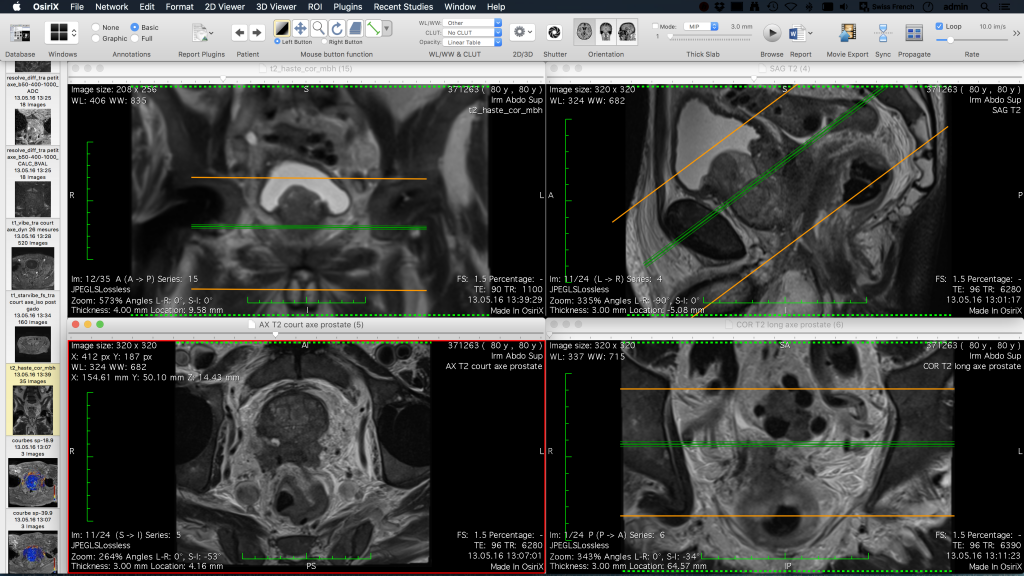

I find it easily superior to just about every built-in reader bundled with patients’ CD-ROMs and routinely use it to view patients’ DICOM data. For those not yet acquainted, OsiriX is a free, open source DICOM (digital imaging and communication in medicine) viewer written for the Macintosh. The first, Osirix, may already be familiar to many readers of this journal. But, how does one copy computed tomography (CT) or magnetic resonance imaging (MRI) images from a patient’s CD ROM to the iPad? I have found a very useful method involving two terrific and freely available resources OsiriX and Dropbox. This could even conceivably be integrated with views from internal cameras, navigation or robotically controlled surgical instruments.Īs previously mentioned, one use of the iPad in the OR is to bring patient imaging studies to surgery. It is fun though to speculate about a future iPad-like device which might use onboard gyroscopes to provide an “augmented reality” view of internal structures, so that tilting the device would show different portions of the body.

I am not aware of any currently available applications for the iOS platform currently available which integrate with surgical devices such as laparoscopes, arthroscopes or computer-aided navigation. Although it is not clear what application was being used, I suspect it was OsiriX (seen in the accompanying images). Recently, there was a report of a Japanese surgeon using an imaging application on the iPad to plan surgery in the OR (Medgadget). It can also be useful in bypassing hospitals’ restrictive networks to access remote files and office electronic medical records (EMRs) using the cellular 3G networks. Additional potential assets of utilizing the iPad in the OR include the ability to review relevant anatomy at the point of care and enhancement to resident teaching. Thus far, the most obvious use for me has been as a convenient way to easily access previous patient imaging. The mean preradiosurgical maximum ADC (ADC max) values of all VSs were significantly higher for those with tumor regression or stabilization at last follow-up compared with those with progression (2.391 vs 1.826 × 10 −3 mm 2/sec p = 0.010).What is the use of an iPad in the OR? The reasons may actually be myriad but, generally speaking, the same features which make the iPad great for surfing the web, such as looking at images and viewing video, nicely translate into the operating room.

Cystic VSs exhibited a greater volume reduction ratio at last follow-up (cystic vs solid: 67.6% ± 24.1% vs 31.8% ± 51.9% p < 0.001). Compared with solid VSs, cystic VSs were more likely to regress or stabilize in the initial postradiosurgical 6–12-month period and during extended follow-up. Tumors that showed regression within the initial 12 months following radiosurgery were more likely to have a larger volume reduction ratio at last follow-up than those that did not (volume reduction ratio 55% vs 23.6%, respectively p < 0.001). The postradiosurgical outcome was not significantly correlated with pretreatment volumes or postradiosurgical enhancing patterns. At last follow-up, imaging studies indicated that 150 tumors (80.2%) showed decreased tumor volume, 20 (10.7%) had stabilized, and 17 (9.1%) continued to grow following radiosurgery. The median follow-up period was 60.8 months (range 24–128.9 months), and the median treated tumor volume was 3.54 cm 3 (0.1–16.2 cm 3).


 0 kommentar(er)
0 kommentar(er)
